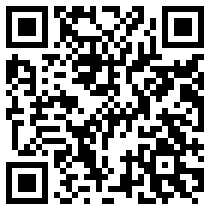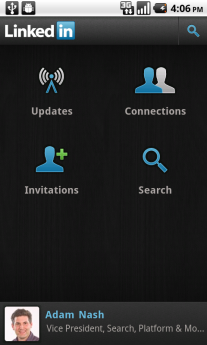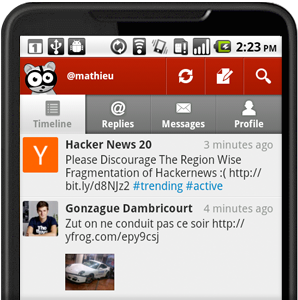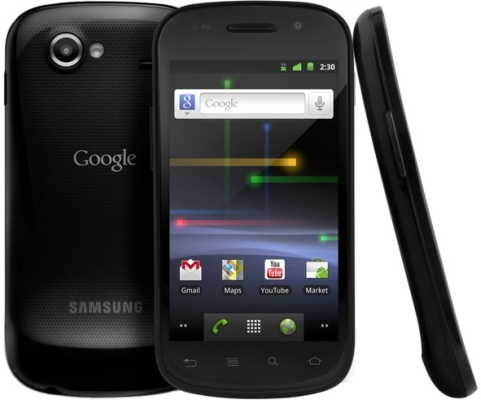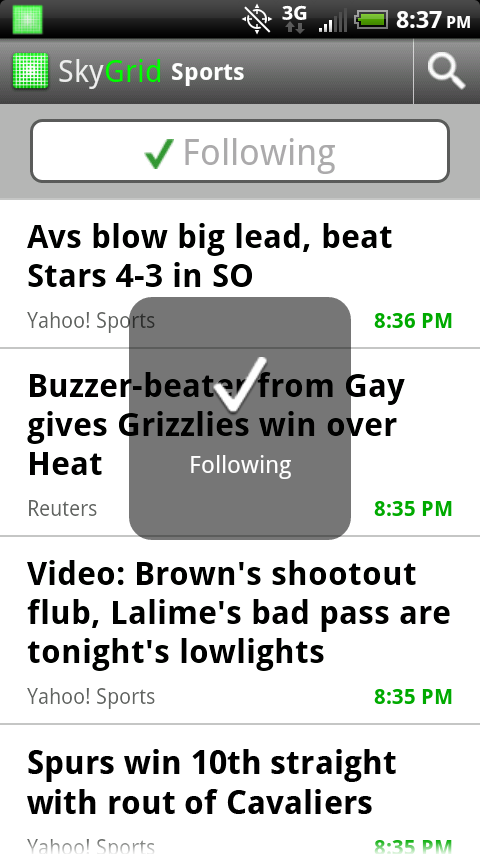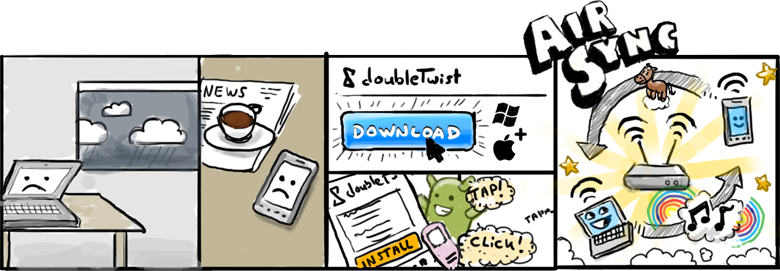 HelloTxt, by Buongiorno, is one of the popular kids in the current class of of mobile applications that update social networks from a single interface. Considering how many social platforms require constant updating to stay relevant, this type of tool is a life saver for those serious about social media. Choosing an aggregate social media updater can be a grab bag, but I’ve enjoyed using HelloTxt for about a year now.
HelloTxt, by Buongiorno, is one of the popular kids in the current class of of mobile applications that update social networks from a single interface. Considering how many social platforms require constant updating to stay relevant, this type of tool is a life saver for those serious about social media. Choosing an aggregate social media updater can be a grab bag, but I’ve enjoyed using HelloTxt for about a year now.
The app maker has announced a whole bunch of great improvements for their popular app on mobile platforms iOS and Android. These improvements will be applied to their more general browser-based application as well.
One of the new features is in-line media viewing, which lets users see photos, videos and whatnot on supported networks without having to leave the feed view (this is commonly called a ‘river of information’ view) which I find to be one of the most useful strategies for consuming data. Social interactions such as retweeting, “liking” and commenting have also been made easier to access and faster to use.
Definitely the most fun improvement in the updated version is the Doodle feature, which lets you draw and sketch status updates- or, maybe just poke a little fun at your closer Facebook friends. The social aggregator has even implemented a suggestion feature for those of us who sometimes forget what we’re doing in the middle of an action.
I have always recommended HelloTxt for those seeking a social media aggregator and upgrades like this make me feel good about the direction that this product is headed. Happy networking!
